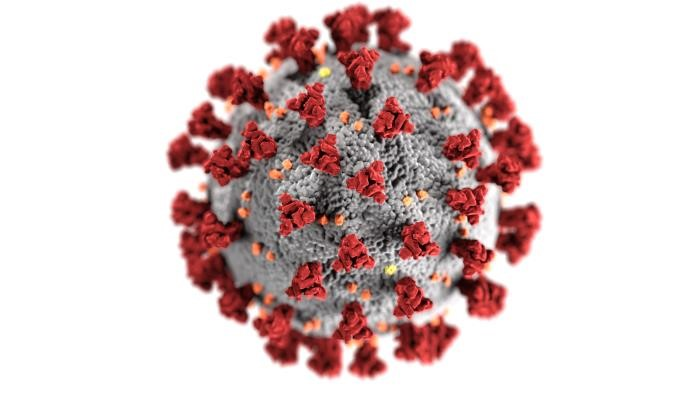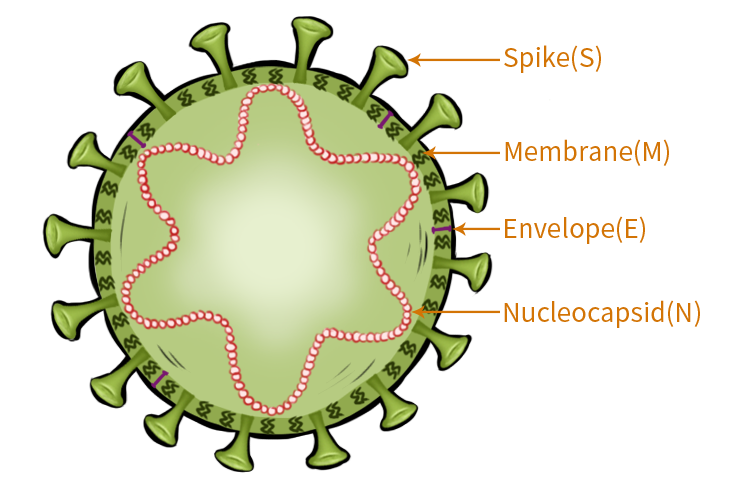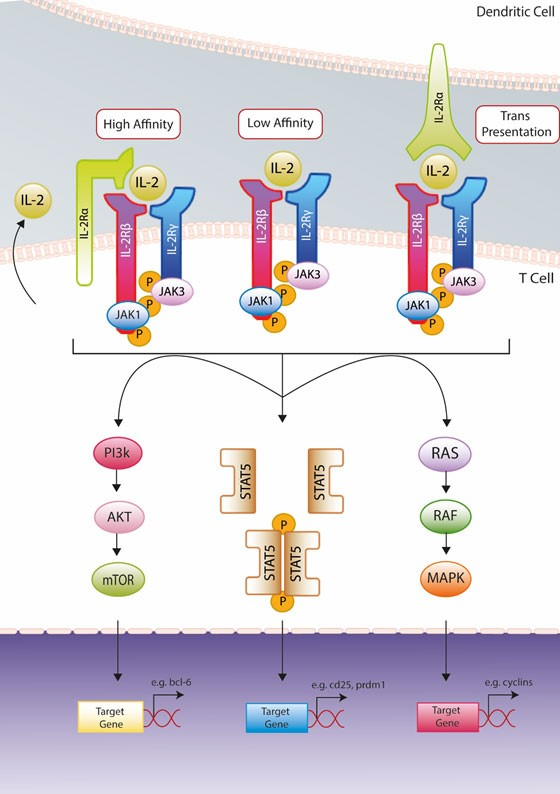FREEDOM with honesty, justice, and courage.. COMPASSION with dignity, humour, and tolerance.. KNOWLEDGE with effort, perseverance and sharing.. LOVE with peace and harmony towards all LIFE ON EARTH. A science-based international free press humanitarian organization... created in 1972.. human4us2.blogspot.com...
Monday, October 25, 2021
Sunday, October 10, 2021
Tools to Investigate SARS-CoV-2 Infection
GENTLE PEOPLE:
It has been over a year now since the covid-19 virus created an international pandemic of sickness and death. As of this date, Sunday, October 10, we continue to live in fear of the deadly virus but thanks to new and quickly developed and distributed vaccines, millions of us have survived the pandemic.
THE BIG QUESTION NOW IS, ARE WE FINALLY SAFE?
SADLY, THE ANSWER IS NO! THE VIRUS HAS MUTATED AND WE NEED TO CONTINUE DEVELOPING NEW AND BETTER METHODS TO BLOCK COVID AND OTHER DANGEROUS VIRUS FROM PROLIFERATING...
COVID-19 is caused by the coronavirus SARS CoV-2, previously called 2019-nCoV. It belongs to the Coronaviridae family and is broadly distributed in humans and other mammals. hCoV-229E, OC43, NL63 and HKU1 are some of the known coronaviruses that cause mild respiratory diseases unlike SAR-CoV and MERS that cause severe to fatal respiratory diseases [1].
Why is SARS-CoV-2 spreading faster than its two ancestors? Why is SARS-CoV-2 lethal? Recent publications have shown that there are differences in their genome structure and immunological response to SARS-CoV-2 infection. The key markers involved in these interactions include Spike protein (S), Nucleocapsid (N), ACE-2 receptor, FURIN protease in addition to the cytokines.

Spike Protein (S): SARS-CoV2 enters the cells through the Spike mediated interaction with the ECD domain of the ACE2 cell receptor. (A recombinant fusion protein (RBD of Spike protein and ECD of membrane protein) can be a great tool to investigate this interaction.
Learn more about the purified recombinant Spike Protein (S).

Transmembrane Serine Protease 2 (TMPRSS2): This is a serine protease that cleaves and activates the viral spike glycoproteins which facilitates virus-cell membrane fusions. A recent study showed that SARS-CoV-2 needs both ACE2 receptor and serine protease TMPRSS2 for protein priming to enter the cell.[2]
Tools for analyzing TMPRSS2

Nucleocapsid: The nucleocapsid phosphoprotein packages the viral genome into a helical ribonucelocapsid, thus playing a crucial role in viral self-assembly.
Tools for analyzing the Nucleocapsid

ACE-2 receptor: ACE-2 is the host cell receptor responsible for mediating infection by SARS-CoV-2.
Tools for analyzing ACE-2 protein
- Human Recombinant Protein Angiotensin Converting Enzyme (ACE2)
- ACE-2 specific Mouse Monoclonal Antibody
- ACE-2 Human ORF clones
Find out more about the additional ACE-2 specific tools here

Furin: It is a protease present in many human organs that recognizes and activates a specific site on the SARS-CoV-2 Spike protein, thus facilitating a tighter binding to the ACE-2 receptor and might play a role in the higher infection rate [3].
How can you analyze Furin? Learn about the tools for analyzing Furin.

References:
Monday, October 4, 2021
ATTENTION WORLD GOVERNMENT LEADERS!
YOUR SCHOOLS ARE CURRENTLY TRAINING CHILDREN TO WORK FOR BIG BUSINESS. THIS MUST STOP! CHILDREN NEED TO CHANGE AND GREEN THE ECONOMY TO HELP PRESERVE NATURE. WE NEED AN ECONOMY BASED ON NATURE AND NOT AN ECONOMY BASED ON OIL AND GAS AND POLLUTING INDUSTRY.
EVERY SCHOOL MUST HAVE : TREES, VEGETABLES, AND FLOWER GARDENS, WITH CHILDREN LEARNING ABOUT AND CARING FOR PLANTS. WHY? BECAUSE WITHOUT NATURE LIFE CEASES TO EXIST AND TODAY NATURE IS BARELY SUSTAINING THE LIFE OUR POLLUTING INDUSTRIAL ECONOMY IS DESTROYING! THIS IS NOT AN OPINION OR A THEORY, IT IS A FACT.
WE NEED PEOPLE WHO HAVE LEARNED IN CHILDHOOD AS MUCH BOTANY AND BIOLOGY AND WAYS TO PROTECT THE ENVIRONMENT AS IS HUMANLY POSSIBLE AND WHO ARE NOT AFRAID TO TAKE ACTION. IT BEGINS BY CHANGING THE SCHOOL ENVIRONMENT AND IT ENDS WITH THE CREATION OF A BEAUTIFUL NATURAL ENVIRONMENT WE CAN ALL BE PROUD OF.
N.J.R.
THE FOLLOWING ARE MORALLY WRONG AND ETHICALLY EVIL...
1. THE MURDER OF AIR BREATHING FRIENDLY DOLPHINS AND WHALES FOR THEIR MEAT AND OIL.
2. THE POLLUTION OF AIR AND WATER WITH OIL AND PLASTIC AND GAS.
3. GENETICALLY CONVERTED SEEDS THAT RESIST POLLUTION AND PESTICIDES AND ALLOW FARMERS THE USE OF DANGEROUS PESTICIDES WHICH CONSEQUENTLY KILL SONG BIRDS AND BEES.
Friday, October 1, 2021
Sunday, September 26, 2021
if it works against the h.i.v. virus, Why can't "adaptive transmissible therapies" be adopted and activated by world governments and their giant pharmaceutical companies, to stop the spread of the covid-19 variant pandemic?
======================
ADAPTIVE TRANSMISSIBLE THERAPIES: A NEW CONCEPT FOR DISEASE CONTROL
Existing measures for infectious disease control face three ‘universal’ barriers:
(i) Deployment (e.g. reaching the highest-risk, infectious ‘superspreaders’ who drive disease circulation)
(ii) Pathogen persistence & behavioral barriers (e.g. adherence)
(iii) Evolution (e.g. resistance and escape)

These barriers exist because pathogens are dynamic—they mutate and transmit—while existing therapies are static, neither mutating nor transmitting. To surmount these barriers, we have proposed a radical shift in therapeutic paradigm toward developing adaptive, dynamic therapies (Metzger et al. 2011). Building off data-driven epidemiological models, we show that engineered molecular parasites, designed to piggyback on HIV-1, could circumvent each barrier and dramatically lower HIV/AIDS in sub-Saharan Africa as compared to established interventions.
Above: A representative model for how a small 'core groups' of high-risk 'superspreaders' (e.g. commercial sex workers and their clients) drove the HIV-1
epidemic in sub-Saharan Africa along the trans-Africa highway in the 1980s. These hard-to-reach groups--often stigmatized and disenfranchised--disproportionately drive disease spread and can be described by the Pareto '80/20' rule - where 80% of new infections are driven by 20% of the population.
Above: Theoretical model of how Therapeutic Interfering Particles (TIPs) would act to reduce the burden of HIV on a population-wide scale. Small blue "pools" of infection represent a local reduction in HIV by the TIP, and are rapidly spread by a "superspreader population".
These molecular parasites essentially steal replication and packaging resources from HIV within infected cells thereby generating Therapeutic Interfering Particles (TIPs)[1] which deprive HIV of critical replication machinery thereby reducing viremia. The fundamental departure from conventional therapies is that TIPs are under strong evolutionary selection to maintain parasitism with HIV and will thus co-evolve with HIV, establishing a co-evolutionary ‘arms race’ (Rouzine and Weinberger, 2013).
Like Oral Polio Vaccine, (OPV)—currently used for the W.H.O. worldwide polio-eradication effort—TIPs could also transmit between individuals, a recognized benefit for OPV. TIP transmission would occur along HIV-transmission routes (via identical risk factors), thereby overcoming behavioral issues and automatically reaching high-risk populations to limit HIV transmission even in resource-poor settings.
For review: Notton et al. Current Opinion in Biotechnology 2014.
Papers of note: Metzger, Lloyd-Smith, and Weinberger. PLoS Computational Biology 2011 (videos above) and Rouzine and Weinberger. Journal of Virology 2013 (Linked above).
[1] TIPs are a distinct form of defective interfering particles (DIPs) engineered to have a basic reproductive ratio (R0) > 1.
Tuesday, September 21, 2021
How to write great News Letters.
| ||||||||||||||
Hello my good friend Valdemar Oliveira! I am happy to hear you had a successfull heart operation. I hope you live to be 110. I may not be...
-
Question: Why have older people less protective immunity than do younger people? What is in the blood of young people that gives th...
-
Photos Raise Alarm Over Old-Growth Logging in British Columbia Photographer TJ Watt hopes his before-and-after images will spur people to ac...
-
Why Days 5 to 10 Are So Important When You Have Coronavirus Tracking your daily symptoms can help you and your doctors make better dec...
